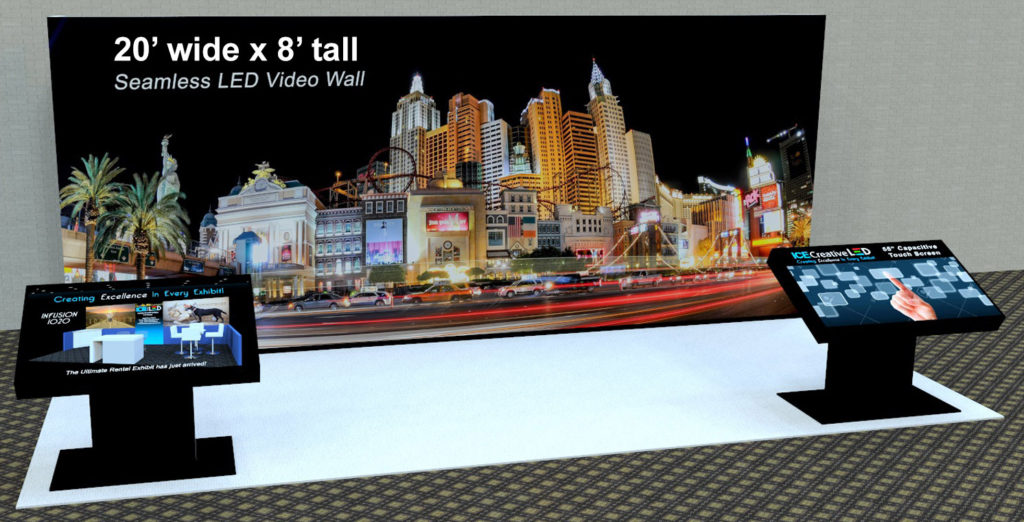Explaining Light Emitting Diode Display Screen Brightness Metrics aiming at Ideal Screen Performance
Explaining Light Emitting Diode Display Screen Brightness Metrics aiming at Ideal Screen Performance
Blog Article
Light Emitting Diode panel screens have become increasingly popular across various settings, from residences and commercial spaces as well as public areas. Such panels are known for their bright as well as vibrant visuals, that render these ideal to communicating data, ads, as well as engagement. Nevertheless, understanding the illumination measurements of Light Emitting Diode panel screens remains essential to guaranteeing ideal visual performance. Brightness is measured using units called nits, that show how much luminosity is emitted by a screen. The higher number of number of nits, the brighter the visual is. For, example, one panel boasting one thousand candelas stands considerably more vivid compared to one with 500 candelas, making this one better equipped for well-lit environments.
When choosing a LED wall panel, it is crucial in consider the setting where which the screen will be placed. For brightly lit areas, such as shopping malls and open-air settings, higher higher brightness rate becomes essential for guaranteeing visibility. On the other hand, in darker environments, like theaters or meeting spaces, lower diminished illumination rate may suffice. This excessive because excessive brightness in a dark environment can lead to discomfort among viewers, causing them harder to focus on a screen. Thus, comprehending specific particular needs for an installation location will aid with selecting a suitable illumination rate to ensure ideal viewing experience.
A further crucial element for take into account is the contrast ratio of the LED wall panel. This contrast measurement measures the difference between the brightest most navigate to this web-site luminous light and the black black which the panel can produce. A higher contrast proportion indicates the display can it can show greater clarity as well as depth, thereby improves general visual clarity. For example, one screen boasting an differential ratio of ten thousand to one is able to show visuals featuring more vivid colors as well as sharper features compared to a featuring a ratio at one thousand to one. Such is especially crucial in instances where displaying images and videos that require greater definition as well as fine details, including slideshows and promotional content.
Additionally, the technology behind LED wall panels has an essential role in their brightness and total efficiency. Different types of Light Emitting Diode methods, including OLED and LCD, have unique characteristics that affect how luminosity is experienced. Organic Light Emitting Diode panels typically provide superior differential and deeper shades, which may enhance the visual experience in darker settings. Conversely, standard LED panels might prove to be more suitable in bright spaces because of their ability for generate higher levels in illumination. Understanding these technological differences can help users to deciding on informed choices according to their individual requirements.
In conclusion, consistent care and adjustment for LED panel screens can go to website help preserve optimal brightness as well as efficacy long-term. Dust as well as dirt can accumulate on a screen, impacting its brightness and clarity in a visual. Periodic cleaning as well as professional calibration may ensure that the panel functions at top optimal, providing uniform visual clarity. Additionally, some sophisticated LED wall screens feature with integrated features that allow operators for adjust illumination settings and hue adjustments based on individual preferences. By taking these measures, users can guarantee that their Light Emitting Diode panel screens provide the best visual efficiency, no matter where environment where which they are placed.